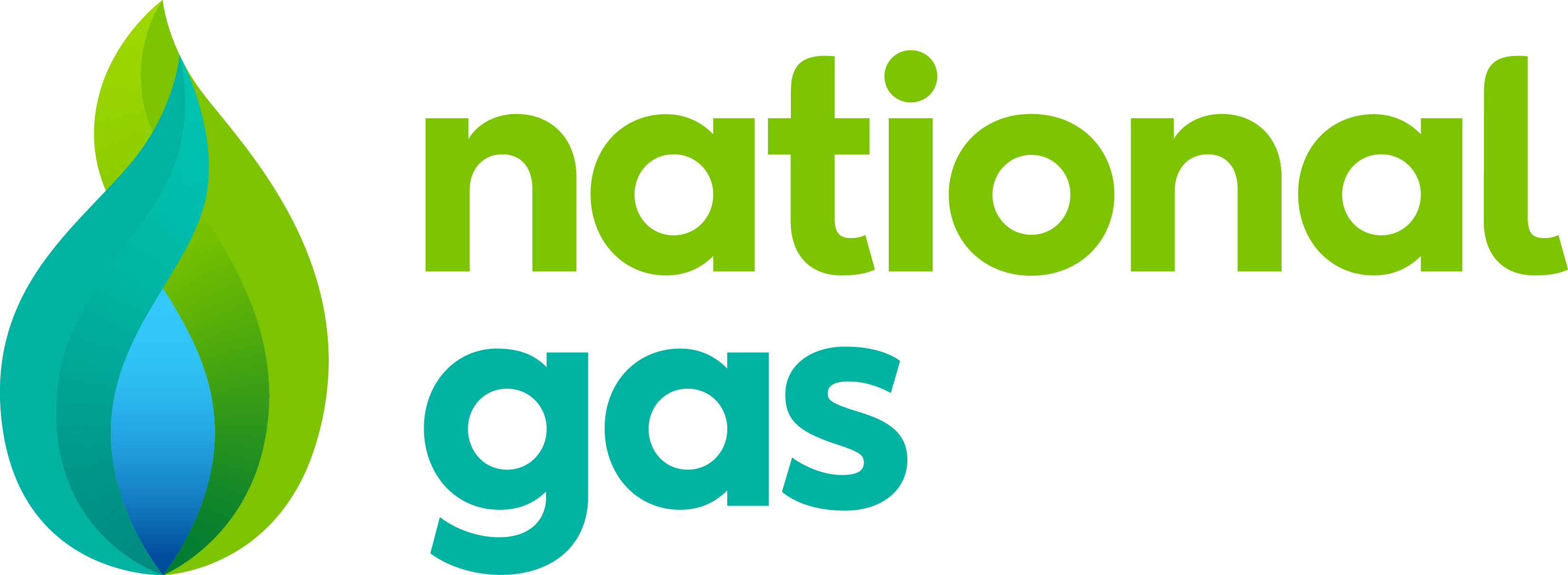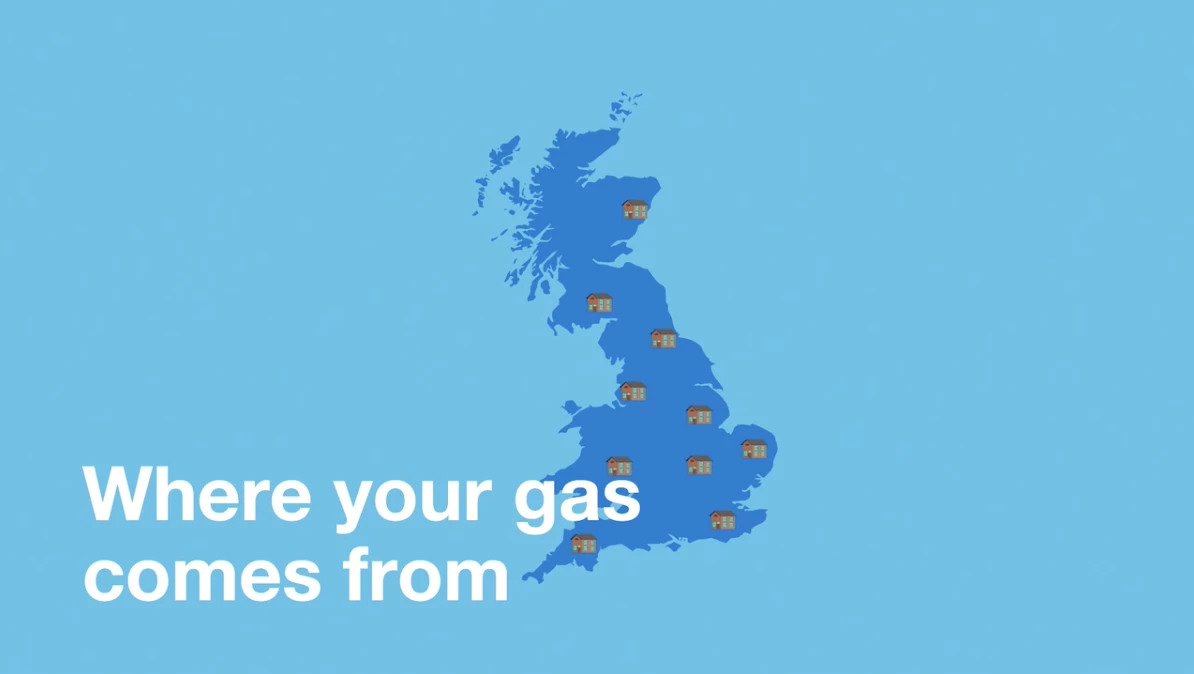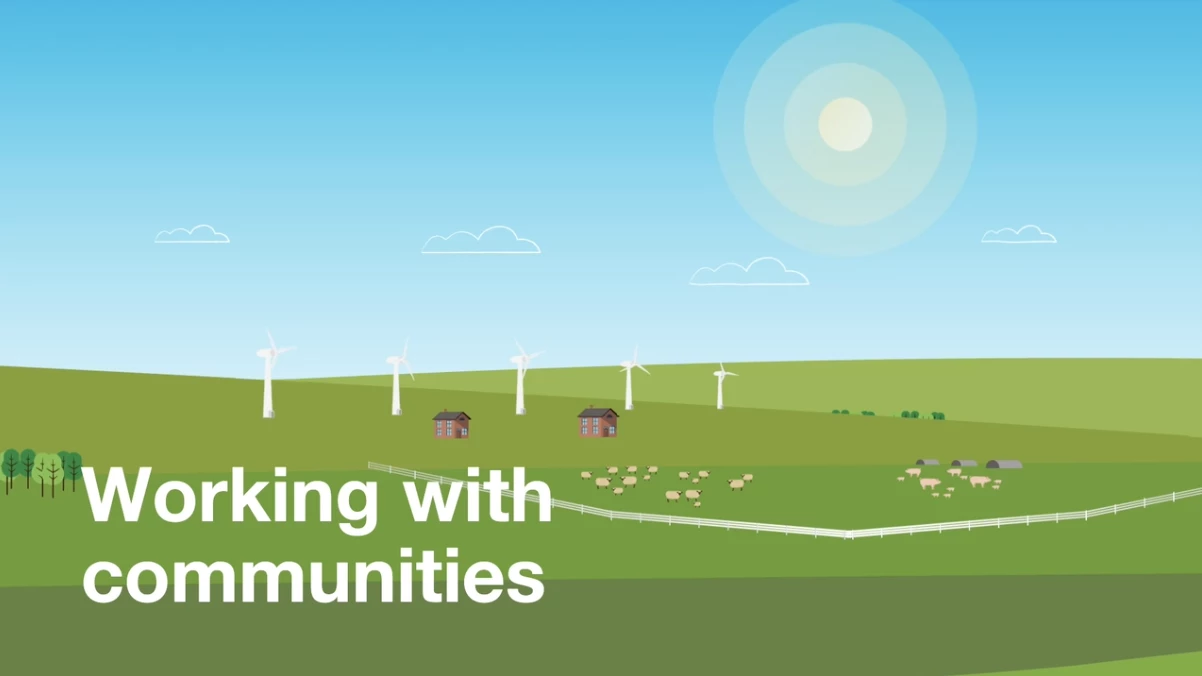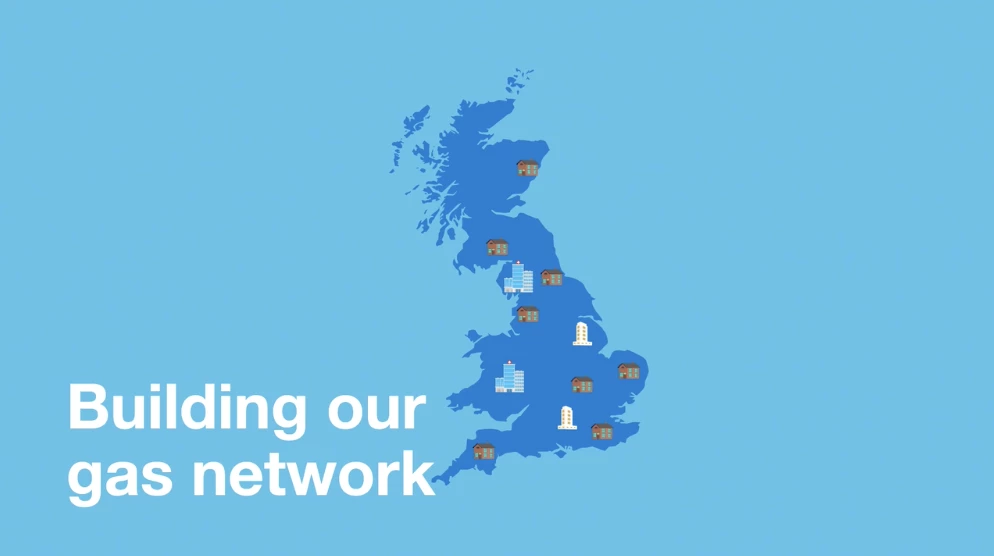Background
National Gas brings energy to life by getting heat, light and power to people’s homes and businesses. We’re also at the heart of a revolution to create a clean energy future and are committed to reducing our own direct greenhouse gas emissions.
Redressing the balance between the amount of greenhouse gas emissions we produce and the amount we remove from the atmosphere won’t happen overnight.
As we explore new ways to harness renewable energy and change the way we operate, we must continue to bring energy to life through transformational engineering which delivers what households and businesses need.
Gas underpins the journey to a clean energy future. It provides more than 80% of Britain’s homes and businesses with a secure and reliable source of heat and power. By delivering a reliable base to meet the nation’s energy demand, it enables increasing innovation and growth of cleaner, but more intermittent, renewable energy sources.
Gas can also help to decarbonise heat, the biggest source of UK carbon emissions, at the lowest cost and with the least disruption to consumers. This is true for both natural gas and other forms of gas such as hydrogen and biomethane.
At the same time, where our gas comes from right now is changing, with imports via Liquefied Natural Gas (LNG) terminals increasing.
National Gas needs to respond to these changes. We facilitate competition in the supply of gas in Great Britain and ensure the UK’s gas transmission network – the pipes and compressors that propel gas around the country – can accommodate the changing nature of supply. We connect sources of supply to homes and businesses.




